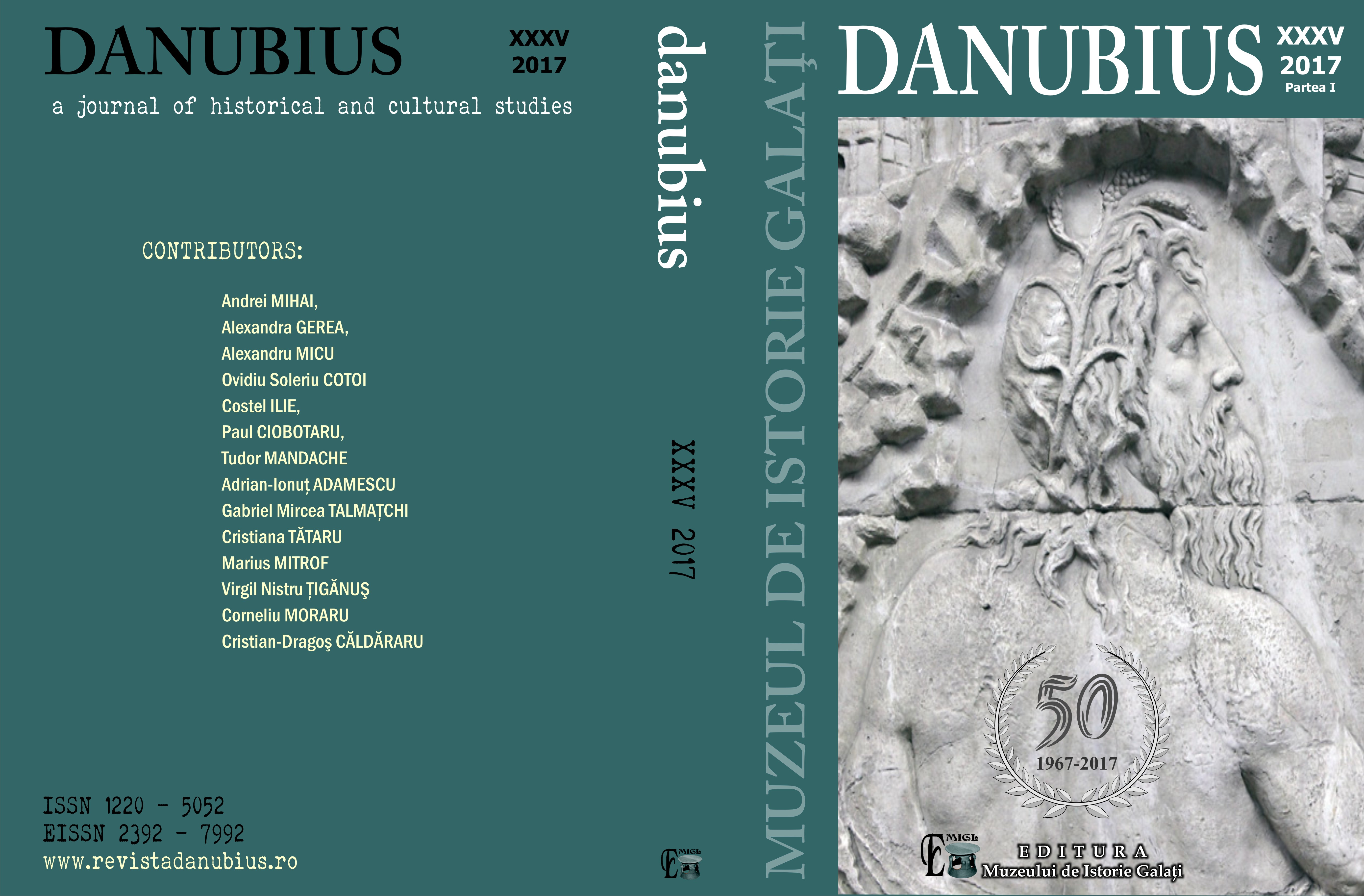Aplicații ale metodelor geofizice în studii arheologice. Studii de caz în zona Negrilești, județul Galați
Applications of the Geophysical Methods in Archaeological Researches. Case Studies: Negrilești Area, Galați County
Author(s): Mihai Andrei, Alexandru Gerea, Alexandru-Ionuț MicuSubject(s): History
Published by: Muzeul de Istorie „Paul Păltănea” Galaţi
Keywords: geophysics; electrommetry; ground penetrating radar; magnetometry; Negrileşti-Schoolyard; archaeological research; Galați county
Summary/Abstract: Geophysical methods see more and more successful use in archaeological research. Their purpose is to create cross sections and maps to highlight archaeological elements below surface, which can then more easily be pinpointed either for excavation or conservation. The Negrilești-Curtea Școlii (Negrilești-School Yard) site, first investigated over 30 years ago, produced many archaeological evidence spanning from the early Neolithic all through to the modern age. Considering the large quantity of such evidence over a wide area, geophysical methods are ideally suited to study the subsoil and identify areas with archaeological potential. In total, seven distinct areas were studied, three of which were in the school yard proper and make the object of this paper. Following data acquisition, processing, and interpretation, we created maps and other materials representative of geophysical prospecting. All areas showed soil disturbances that can serve as indicators of archaeological potential. In some cases, these indicators pointed strongly to the existence of archaeological structures buried in the subsoil.For example, ground penetrating radar and resistivity measurements suggest the presence of man-made structures (Fig. 7, Fig. 8), potentially archaeological in nature, in one of the areas (S2). In another area (S1), we see a highly-constrasting area that stands out from its surroundings (Fig. 4, Fig. 6). The nature of this anomaly was not initially clear judging from geophysical methods alone, but later digs confirmed it was indeed archaeological.Overall, our prospecting revealed significant anomalies that warrant more thorough research.
Journal: Danubius
- Issue Year: XXXV/2017
- Issue No: 1
- Page Range: 13-34
- Page Count: 21
- Language: Romanian

